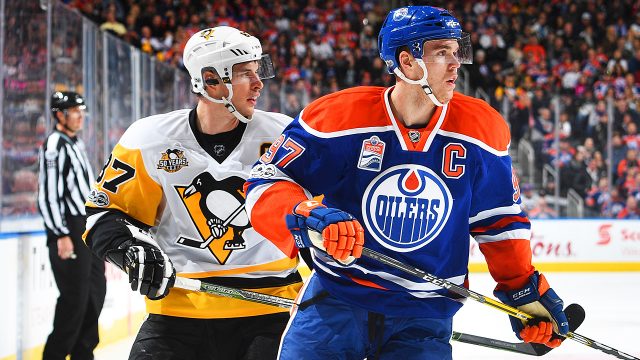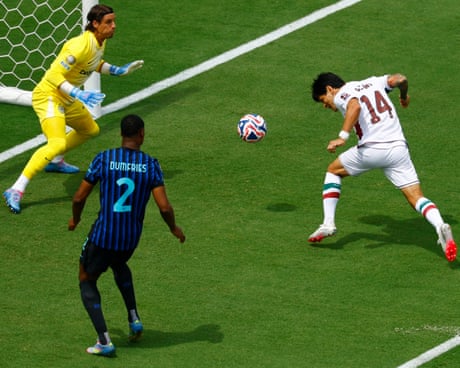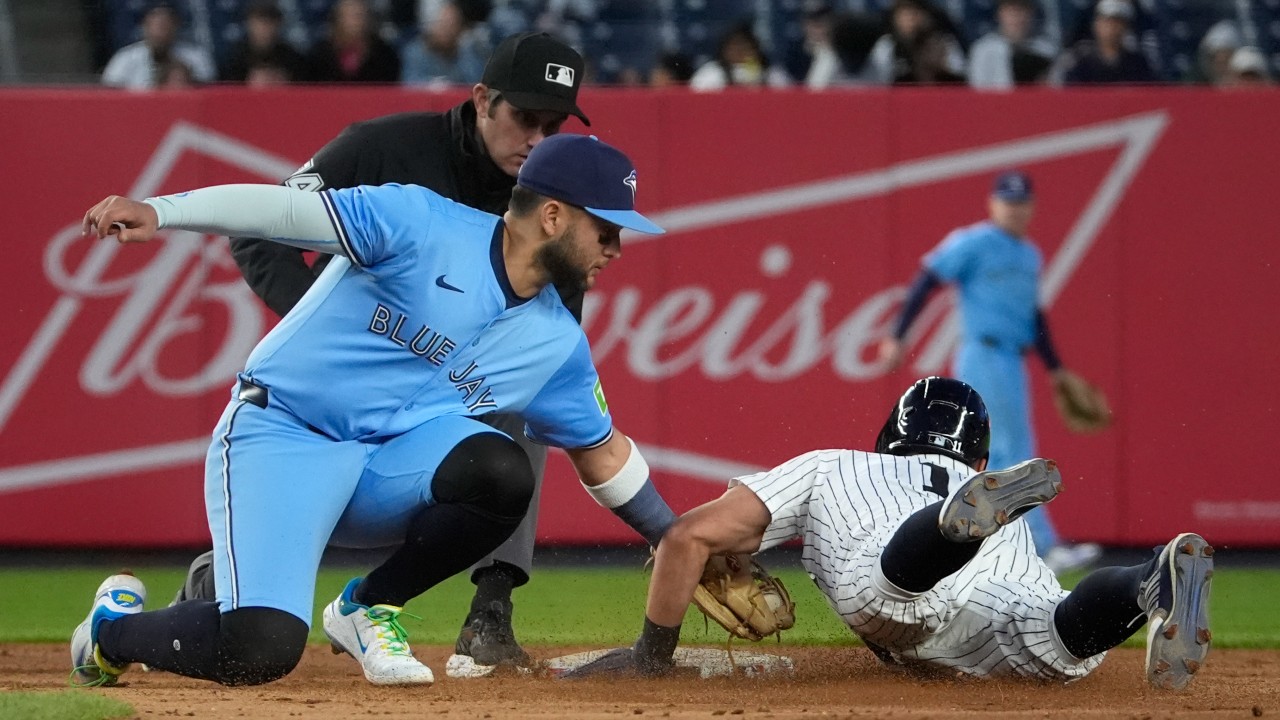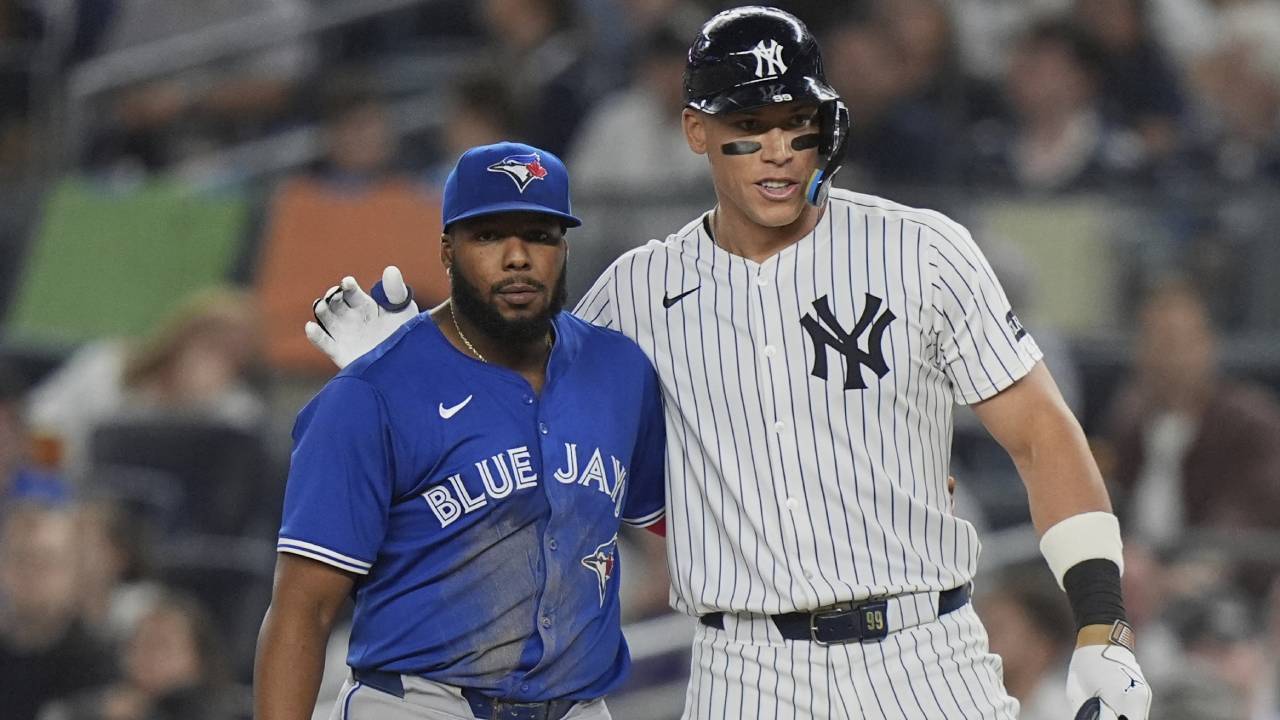
They have handed out the Stanley Cup on 101 different occasions, but never like this.
We have no frame of reference for what might happen when you throw 24 teams in the tournament and start with a sprint following a 142-day pause due to a pandemic. We don’t know what it will look and feel like to see playoff games staged in the middle of the summer inside empty arenas. We can’t possibly even guess how sequestering players inside tightly-controlled “secure zones” and significantly limiting their movements could affect how they perform in competition.
“We’ve kind of joked that it’s like going to Mars,” said Mathieu Schneider, the NHLPA’s special assistant to executive director Donald Fehr. “No one’s ever been there.”
And so when we talk about storylines hovering over the NHL’s return-to-play plans we are really talking about the unknown.
What makes the Stanley Cup Playoffs feel like a sugar high under normal circumstances is an intensity and unpredictability the other major sports should envy. Here? Now? Like this? All bets are completely off.
Will it even matter that last year’s finalists, Boston and St. Louis, were again the best teams during the regular season and seemingly poised for another long playoff run? Could youthful enthusiasm be an advantage given the challenging circumstances? Is this the year Tampa finally gets the final push up the mountain? Will there be any carryover for Philadelphia and Vegas, each of whom was red hot at the time of the pause? Can home ice be an advantage for either Edmonton or Toronto even while playing so-called ghost games? Could someone make it out of the qualifying round and become the first team in NHL history to win five series on the way to a championship?
With training camps opening Monday, these questions start to move from the hypothetical to the real. There will be exhibition games a little more than two weeks from now and the real thing resumes Aug. 1.
This planned restart could be weird and wonderful and everything in between. It will certainly be memorable for everyone involved, too.
“None of us have ever been in a series where seven of the teams are staying in the same hotel and it’s like minor hockey where if the game in front of you runs a little bit long you’re kind of waiting for that game to end in overtime or what have you,” said Toronto Maple Leafs general manager Kyle Dubas.
“I never really envisioned looking overly forward to sitting in a rink and watching three games in the middle of August and spending your whole day watching, but NHL playoff hockey and the ability to sit in Scotiabank Arena and watch three games during the entire day is going to be pretty awesome.”
HOME ICE
This was enough of a concern among managers that at one point in the process there was discussion about sending the Eastern Conference teams to the western hub while having the Western Conference teams come east.
Except that never made much sense for a made-for-TV event where the time-zone adjustment would make scheduling even more complicated than it already is.
And so the Maple Leafs are staying home in Toronto, while the Oilers remain grounded in Edmonton, albeit with none of the usual comforts. Players will move into hotels on July 26 just like everyone else and can only leave the secure zone under the same circumstances set out for all participants.
They will step foot in their own dressing rooms only for games where they’re designated the “home” team. Otherwise, it’s possible Chicago takes up residence in the Oilers sprawling dressing room at Rogers Place or Columbus occupies the more quaint Leafs quarters at Scotiabank Arena even while playing the usual inhabitants during the best-of-five Stanley Cup Qualifiers.
Still, there could be some benefit to the overall familiarity. At least that notion will gain some steam if Edmonton and/or Toronto find on-ice success this summer.
TAMPA’S TIME?
No NHL team has won more regular-season games than the Tampa Bay Lightning since the beginning of 2013-14.
No team has accumulated more points or heartache.
Tampa is “due” as much as anyone can be considered due in a 31-team league where winning a championship is so tough it reduces grown men to tears. And so it’s notable that the Lightning were one of just two teams to vote against this playoff format when it was brought to the NHLPA’s Executive Board in part because they felt disadvantaged as a top seed that skips the qualifying round.
“[We] felt it was unfair that the teams with a bye would not be as well prepared for a playoff series as the teams that had already basically played a playoff series to get into the playoffs,” NHLPA rep Alex Killorn told The Athletic in May.
Further complicating matters is the fact the team’s practice facilities were both shut down last month during small-group workouts because of multiple positive COVID-19 tests and captain Steven Stamkos will miss the start of training camp because of a lower-body injury.
Still, the Lightning are a major threat. They’re ridiculously skilled, deep and battle-tested. And GM Julien BriseBois says “we’re going to embrace the suck and dance in the rain.”
FATIGUE FACTOR
It took until June 12, 2019 for St. Louis and Boston to determine a winner the last time the Stanley Cup was handed out.
Both looked more than capable of enduring the hard miles to challenge for it again. But how this layoff treats veteran teams is an open question: On one hand you’d expect the Blues and Bruins to benefit from the rest following the short summer, but they also boast rosters with plenty of fathers and family men who may be conflicted about jumping back into the grind in this manner.
Consider it one of the biggest unknowns for everyone involved in the NHL’s return-to-play plan: How deeply invested is each team?
St. Louis and Boston boast talented rosters with the hearts of a champion, but neither has achieved its prior success under the kind of conditions they’re about to be handed in the present.
YOUNG STARS
Elias Pettersson and Quinn Hughes are experiencing the Stanley Cup Playoffs for the first time. Connor McDavid and Leon Draisaitl are back for just their second visit. Auston Matthews, Mitch Marner and William Nylander have reached the post-season in four straight years, but they’ve yet to experience the feeling of winning a series with the Leafs.
There is so much opportunity here for Generation Now/Next.
Not only have they got youth and enthusiasm on side, but it’s only a matter of time before their playoff impact matches what we’ve already seen in the regular season.
Why now not?
THE GOALIES
You don’t see many teams march their way to a championship without a solid performance in the crease. Yet seldom would a goalie ever jump straight into a playoff game with nothing more than one exhibition outing under his belt in the previous four-plus months.
That’s the task facing the league’s voodoo crew right now.
There are familiar names among the best of the playoff-bound bunch from this regular season: Boston’s Tuukka Rask (.929 save percentage), Winnipeg’s Connor Hellebuyck (.922), Dallas’ Ben Bishop (.920) and Vegas’ Robin Lehner (.920).
Behind them were Vancouver’s Jacob Markstrom (.918) and Edmonton’s Mikko Koskinen (.917), who posted career-best numbers.
But will any of that matter now?
In fact, you might make the case the biggest beneficiaries from the extended break are the goalies who shouldered the heaviest workloads this year: Hellebuyck and Montreal’s Carey Price (58 starts apiece), followed by Toronto’s Frederik Andersen (52), Tampa’s Andrei Vasilevskiy (52) and St. Louis’ Jordan Binnington (50).
While there isn’t much time for any of these men to find their rhythm, at least the bruises have long since healed. The minds should be fresh, too.
THE GRIND
It sounded strange to hear Dubas say his team’s goal was to win 19 games.
Gone are the days when it merely took 16 — at least for those competing in the qualifying round out of the gate.
That this entire tournament is scheduled to happen inside 65 days, and with teams playing back-to back within a series, the grind will get real in a hurry. Even without the travel you typically see during the playoffs, rest and recovery will be paramount.
Depth will probably be more important than ever, too, which is why recent draft picks like Toronto’s Nick Robertson and Columbus’ Liam Foudy seem destined to find their way into the lineup at the end of the year where they played in the Ontario Hockey League and world junior tournament.
SAFETY AND TESTING
The hard part is just beginning.
Don Sweeney, the Boston Bruins GM, perfectly summed up the mood of league powerbrokers Sunday when he spoke about the inevitable spike of COVID-19 results during a video call with reporters: “We’re going to have positive cases through Phase 3 and Phase 4. We have to avoid an outbreak.”
Just 53 per cent of the NHL playing population was being regularly tested when the league last released numbers a week ago. Now everyone is going to be getting nasal swabs or saliva tests every second day through training camp.
At last count, there’d been 35 positive tests between June 8 and July 6. There will be many more.
But even with teams holding training camps in their own markets — including coronavirus hot spots in Florida, Texas and Arizona — deputy commissioner Bill Daly expressed optimism Saturday that there’s a path for the NHL to get everyone inside the hub city bubbles without experiencing an outbreak that could jeopardize the entire event.
“We think if everybody is doing what the protocol suggests should be done that it can be a safe environment, regardless of what the outside COVID results are,” said Daly.
“There’s going to be a huge onus on the players here in Phase 3 to make sure that they’re taking care of themselves and looking out for their teammates,” added Schneider. “Going to the rink, going home, going to the grocery store, social distancing, wearing masks, washing their hands — all of the things that all of us are practising every single day now.
“There’s a very good chance that the guys are going to be safer in the bubble than they are in the normal circumstances at home.”
Cross your fingers and hope they get there safely.






